Chris Alemany documents an unusual tsunami wave in Port Alberni after a massive quake near Russia triggers west coast warnings.
Tsunami Advisory Sparks Curiosity on B.C.’s West Coast
When a powerful 8.8-magnitude earthquake shook the Pacific Ocean near Kamchatka, Russia, it sent a ripple of concern across British Columbia’s coast on July 29. The tremor, which struck at 4:25 p.m., quickly prompted a tsunami watch for the region—soon upgraded to an official advisory. But while many stayed indoors, one local weather enthusiast decided to do what he does best: observe.
Chris Alemany, the community meteorologist behind AlberniWeather.ca, has been tracking storms, tides, and natural phenomena for years. This time, he headed to Victoria Quay in Port Alberni to witness the potential effects firsthand—while keeping a safe distance, of course.
Wave Warnings and Coastal Closures
Following the tsunami advisory, emergency operations centres in communities like Tofino, Ucluelet, and Alberni-Clayoquot quickly sprang into action. Beaches were shut down, and the public was advised to avoid shorelines until further notice. Officials anticipated only a modest wave—less than 30 centimetres—to hit places like Langara Island and Tofino.
Curiously, there were no forecasts issued for Port Alberni, which lies inland but is connected to the ocean via the Alberni Inlet. That inlet, as it turns out, had its own plans.
Watching the Wave Roll In
At Victoria Quay, where the Somass River meets the inlet, Alemany waited. The memory of Port Alberni’s devastating tsunami in 1964—when boats were tossed like toys and homes swept away—remained vivid in local history. But this time, things were calmer, though still remarkable.
“You could see the water rising around 1:30 a.m.,” Alemany recalled. “Then it receded, and the second wave came in about an hour later. That one was stronger.”
Why the change? Alemany suspects it was timed with the high tide, giving the second wave more punch. At its peak, the U.S. tsunami system recorded the wave at 36 centimetres—surprisingly higher than the earlier 30-centimetre estimate for Tofino, which only saw about half that.
The Inlet Effect: Bigger Wave, Bigger Impact?
Port Alberni’s unique inlet often amplifies tidal activity. Alemany noted that if the wave had reached 60 centimetres, it could have posed a serious risk to moored boats.
“It was like the river reversed direction,” he said. “Very fast, very strong. If people had been down there in daylight, they would’ve been shocked.”
Yet Alemany was careful. From his elevated vantage point at Victoria Quay, several meters above the water, he safely recorded and documented the rare event.
Tsunami Advisory Lifted by Sunrise
By 7 a.m. Wednesday, the tsunami advisory was cancelled, and beaches were gradually reopened. Although the wave posed no real danger, it served as a reminder of nature’s unpredictability—and the value of community observers like Alemany.
“I just wanted to make sure it was recorded,” he said. “Next time, we’ll hopefully have better forecasts for Port Alberni, too.”
Key Takeaways:
- A tsunami advisory followed a massive quake near Russia.
- Port Alberni saw a stronger-than-expected wave.
- Local weather watcher Chris Alemany documented the rare surge.
- Beaches were reopened after the advisory was lifted.

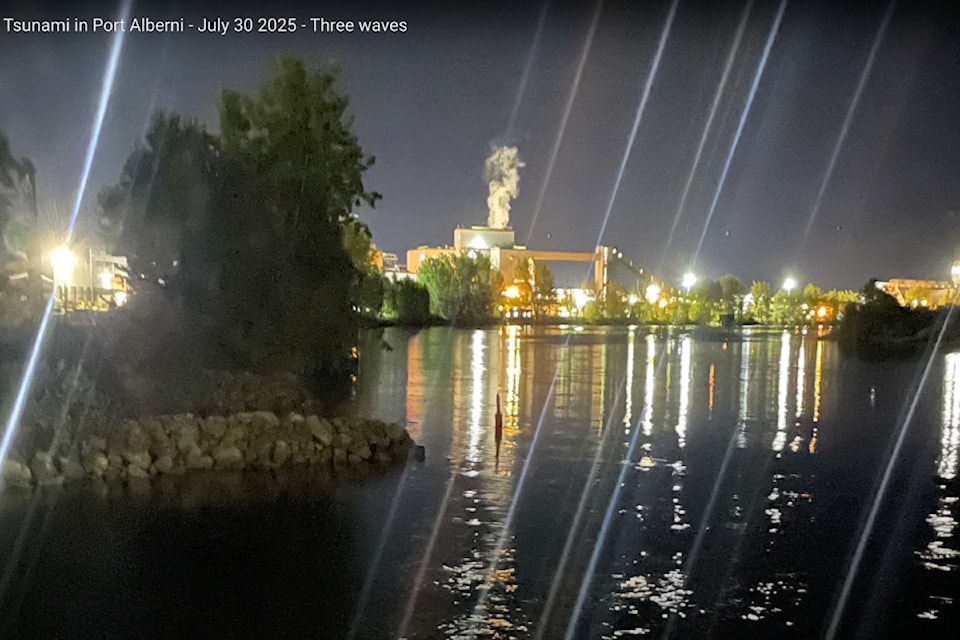
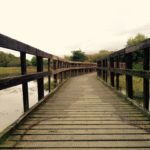




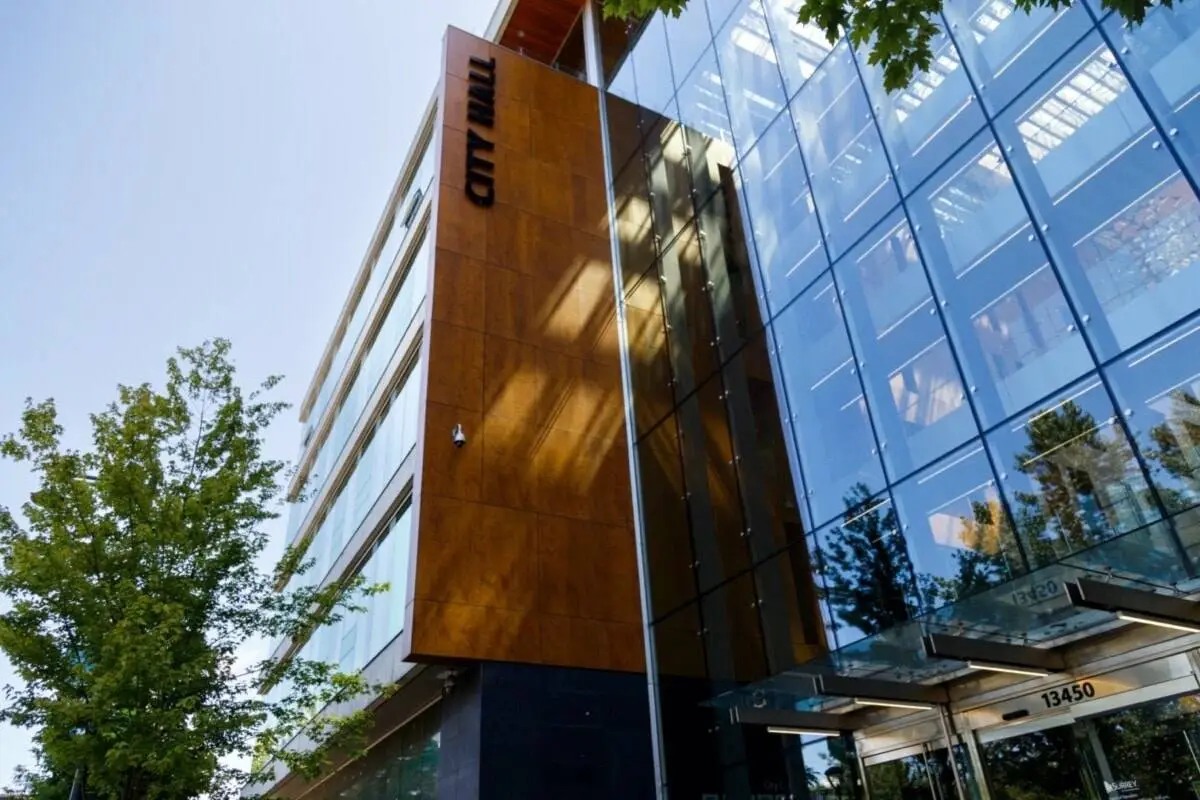

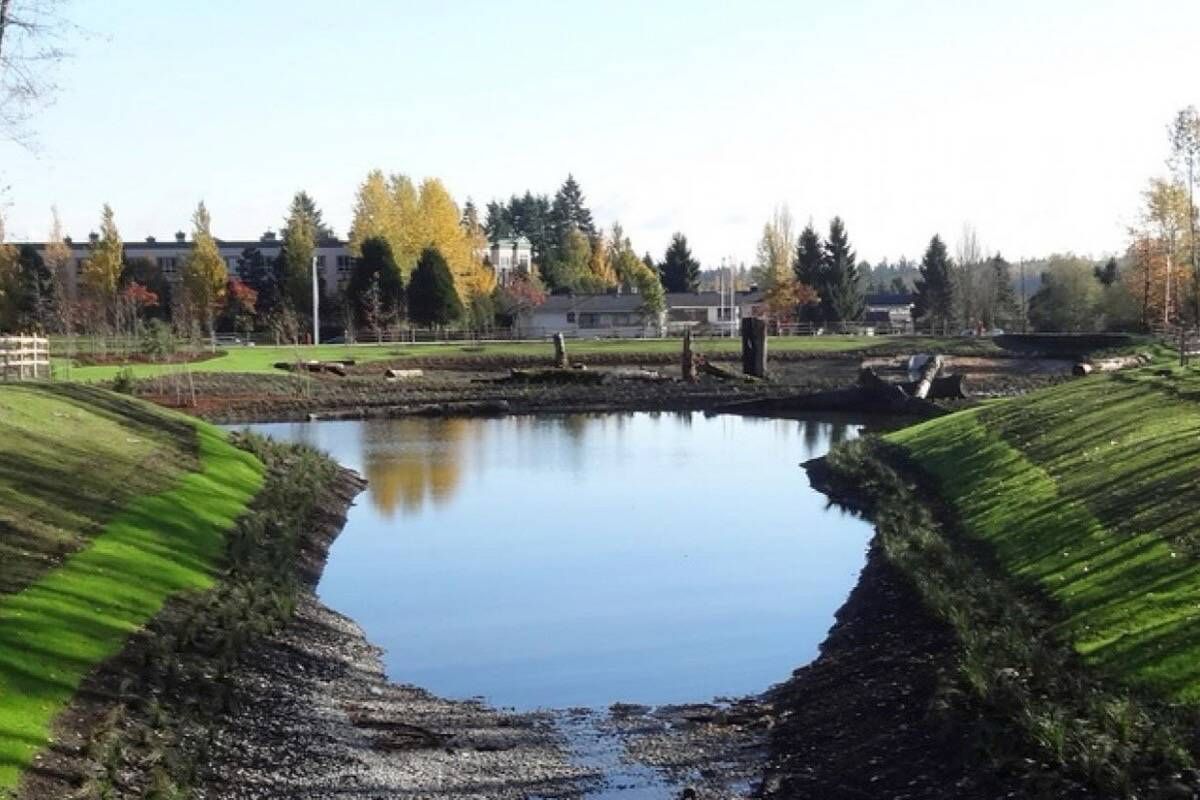
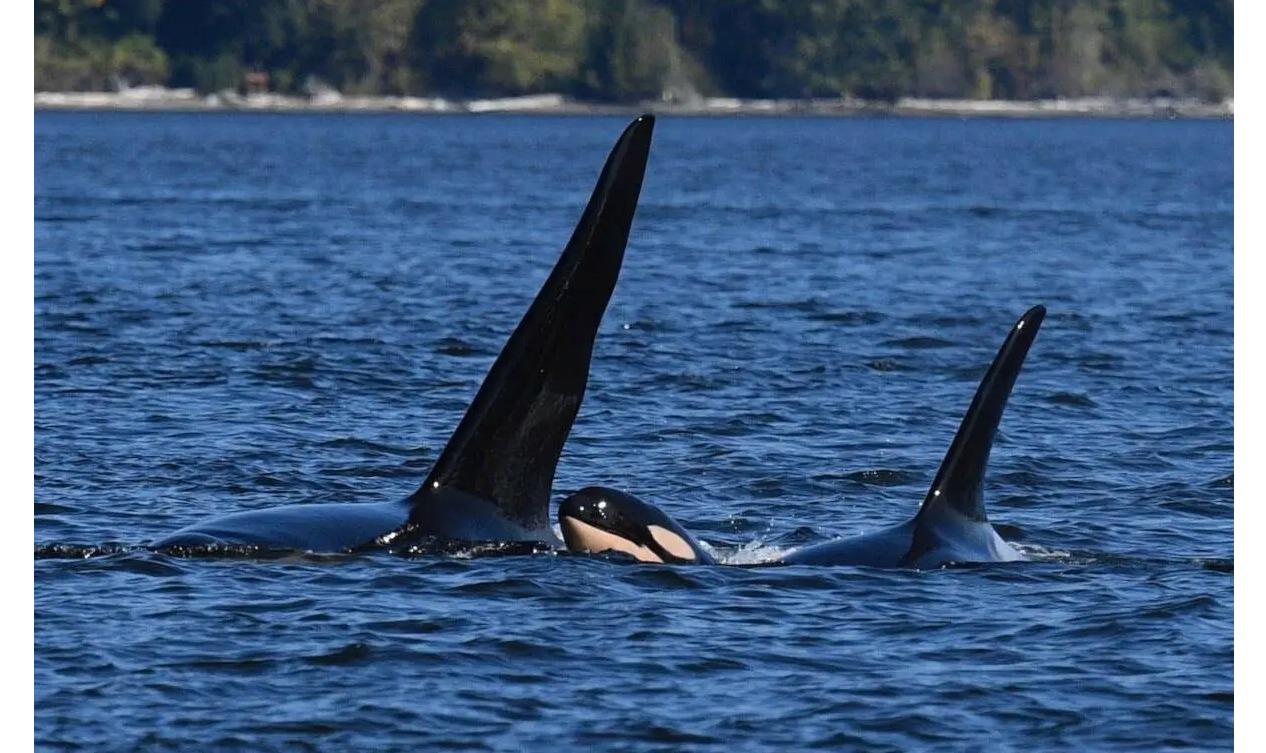

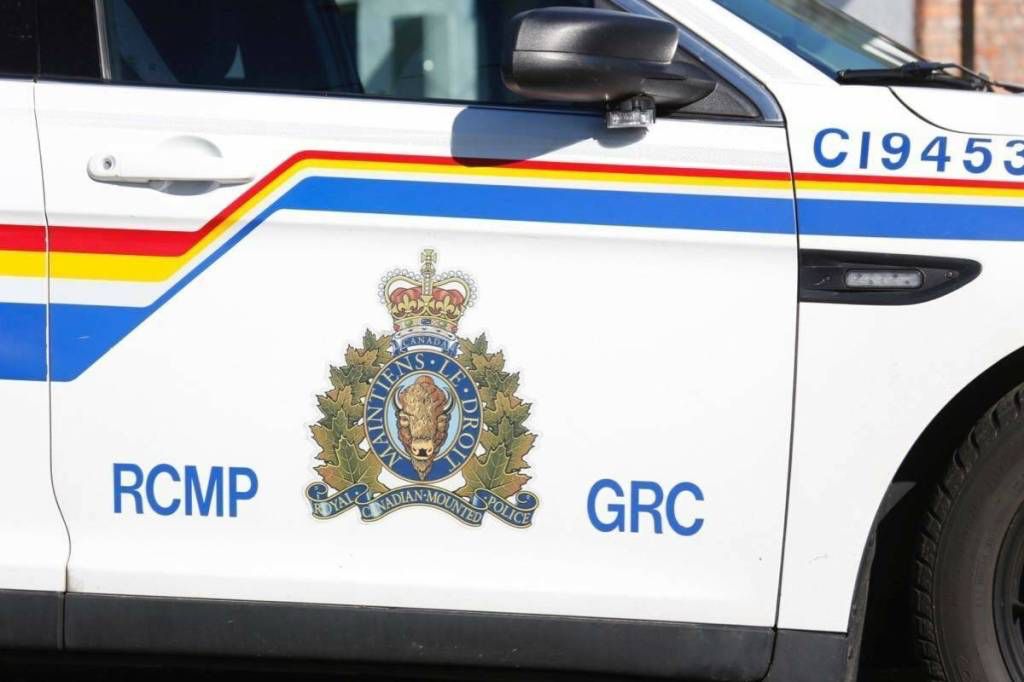

Leave a comment